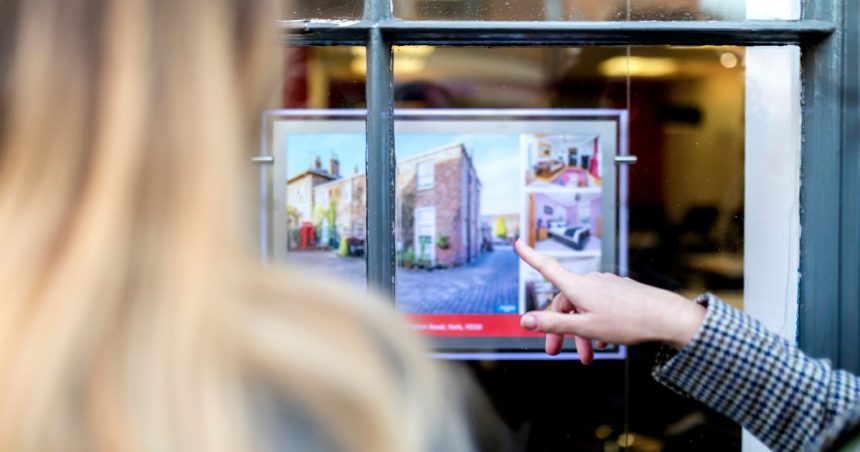Those on regular full-time incomes will be unable to afford a home in Sydney until at least 2031, a new study has warned.
The shocking research, published earlier this month in the journal Cities, found that not a single home in Greater Sydney was affordable for someone on the New South Wales median part-time or full-time income.
Researchers from the University of Technology Sydney and the University of NSW compared the most recent median ABS census data salaries of New South Wales workers with the median property prices in each of Greater Sydney’s suburbs.
Using an affordability index based on likely mortgage repayments, property values, and lending rates, they discovered not a single house or unit across any part of Sydney costs less than 30 per cent of a median income to own — widely considered the threshold for housing affordability.
How much do I need to own the median home?
The damning figures come as Sydney was recently announced as the world’s second most expensive city to buy a house, behind Hong Kong.
The median property price in the region has now reached a new peak of $1.65 million, with experts predicting median homes to exceed the $2 million mark in 2026.
Currently, a buyer would have to save a whopping $330,000 to afford the deposit on the median Sydney home.
And if that was even achievable, they’d also require an income in excess of $300,000 per year to attain the required borrowing power for the mortgage.
UNSW Sydney Professor Chyi Lin Lee, who led the study, says those figures make it nearly impossible for your average Sydneysider to get on the property ladder without existing wealth or help from family –otherwise known as the bank of mum and dad.
“While we expected the issue of housing affordability to be severe for part-time employment, we found that full-time employees are also significantly affected,” he said.
“This highlights the widespread housing affordability crisis and the need for comprehensive policy solutions.”
The concerning figures come as the nation suffers from the effects of an ongoing housing shortage, fueled by a concoction of record-breaking migration numbers and slow new build rates.
The government has set an ambitious goal of building 1.2 million new homes by the end of the decade to help increase the supply.
Property prices are only set to rise
However, despite this plan, the study’s authors predict that sluggish wage increases will mean property affordability will only get worse in the harbour city over this decade.
“The major consequence of median incomes not being sufficient to enter the housing market in Sydney is that households relying solely on their earnings will have limited chances of achieving homeownership,” Professor Lee said.
“So, it’s clear the Australian dream of owning a home is becoming increasingly harder to attain.”
“We assume that the variables used in calculating entry affordability, including income, lending rate, housing price, and loan-to-value, will follow the 2004-2021 trajectory.”
Professor Lee says significant housing reform is needed to prevent the cost of housing from spiralling further out of reach.
A combination of supply-side and demand-side policies is needed to make housing more affordable for hopeful homebuyers.
“Currently, the focus has been on demand-side policies, such as the First Home Owner Grant (FHOG), essential to helping more first-homebuyers enter the market,” Professor Lee said.
“However, the government should consider doing more to address the supply side in the immediate term.”
Key housing policy improvements:
- Building more housing.
- Fast-tracking affordable home construction.
- Broader inclusionary zoning policies.
- Developer subsidies.
“By boosting the supply of affordable housing, the government can help alleviate the pressure on the housing market as a whole and improve affordability for aspiring homebuyers,” Proffesor Lee says.







